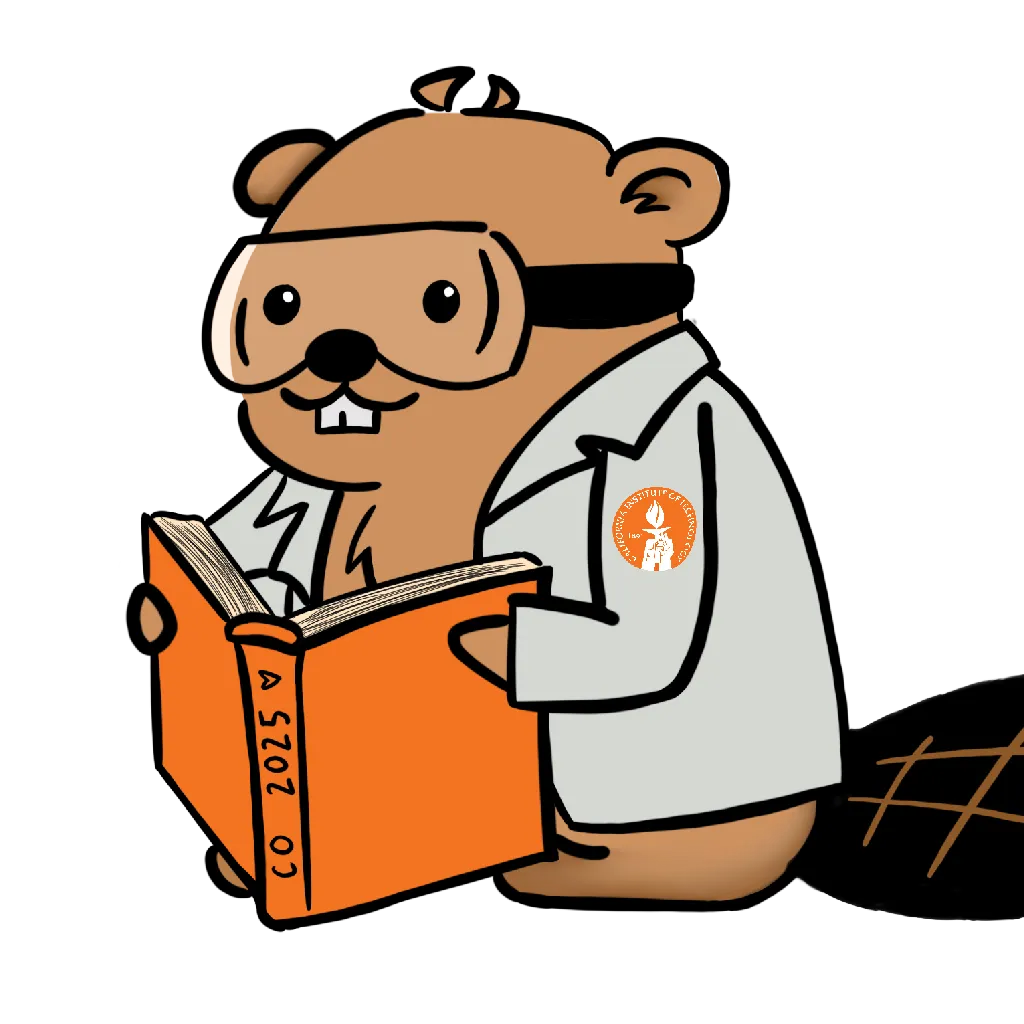This term I’m enrolled in Bi1, Principles of Biology. The first half of the term was focused on basic biology — transcription, translation, three kingdoms, what defines life — and biological techniques/experimental design. Some of the topics were review, and it all went really well with the lab work I was doing in preparation for my SURF. The second half of the term has been focused on metabolism, which is quite a bit more complicated, and new to most of us. We discussed the molecular mechanisms of oxidative phosphorylation (respiration and photosynthesis), for example, drawing out the electron transport chains and redox reactions involved. After delving into those details, we applied the concepts of metabolism to different organisms and communities of organisms, understanding symbiosis through metabolic processes.
Recently, we’ve been talking about the effects of environmental changes on microbial life. Coral reefs have a symbiosis with zooxanthellae, photosynthetic unicellular algae that live in the gut-tissue layer of the coral. As global warming changes the climate, coral reefs are destroyed because zooxanthellae cannot survive in higher temperatures. When high latitude permafrost melts in rising temperatures, the organic carbon contained in it revives dormant microbial communities, which start producing methane as part of their metabolisms.
Metabolism was pretty confusing, and still is, but I’ve really enjoyed seeing these examples in class and recitation. To supplement the recent material, Professor Newman opened up a showing of Neil deGrasse Tyson’sCosmos: A Spacetime Odysseyto Bi1 students. I’d never seenCosmos before, so I signed up to attend. Just a couple of hours ago, around 10 of us headed over to have delicious Thai food while watching Cosmos, bothprovided by Professor Newman. Food, food, food:**
AndCosmos!

The episode started with a bleak overview of Venus past and present, from waters to wasteland. Then it went into our own planet. We saw the white cliffs of Dover, which were also explained in Bi1 lecture as deposits of coccolithophores, ancient phytoplankton that made calcium carbonate minerals, spanning over 85 million years from top to bottom. We learned of the staggering figures related to carbon dioxide emissions (4 billion tons per year, I believe), and the crushing effects of climate change in everyone’s lives. We saw the melting permafrost from lecture, and the early prospects of alternative energy conflicting with economic demand. Now we’re at a point where we know about climate change and its severity, and combatting it is necessary.
It was a pretty dramatic episode, but it definitely got the point across in an visually engaging manner. A Saturday evening well spent!





